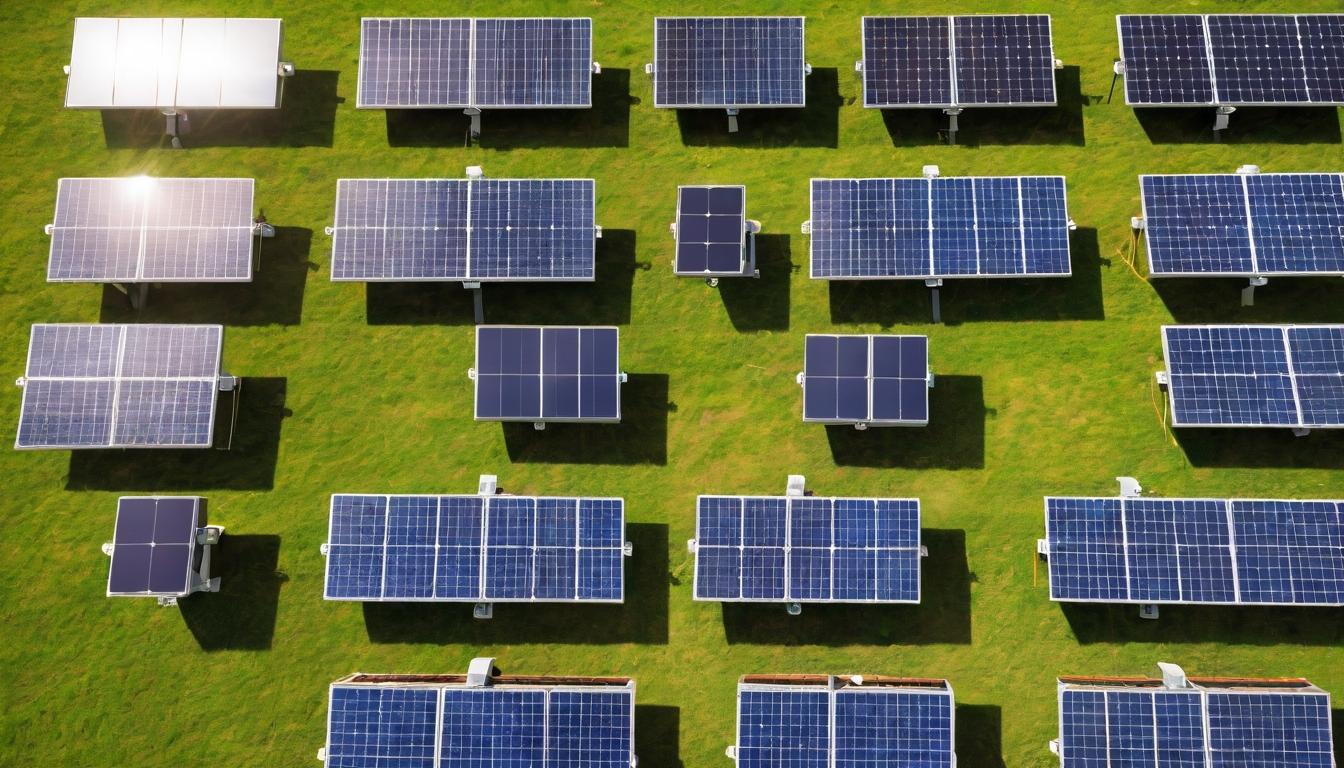The solar panels gleaming on rooftops across America represent more than just clean energy—they're ticking time capsules of materials that will eventually need a second life. While most homeowners focus on efficiency ratings and installation costs, few consider what happens when those sleek black rectangles reach the end of their 25-30 year lifespan. The recycling industry for solar panels is quietly undergoing a transformation that could redefine sustainability in renewable energy.
Walking through a solar recycling facility feels like stepping into a futuristic autopsy lab. Workers in protective gear carefully dismantle panels, separating glass, aluminum frames, silicon cells, and copper wiring with surgical precision. The process has evolved from crude shredding operations to sophisticated recovery systems that can reclaim up to 95% of materials. "We're not just crushing panels anymore," says Maria Rodriguez, operations manager at a leading recycling plant. "We're mining urban mines—every panel contains valuable materials that deserve another chance."
The economics of panel recycling have shifted dramatically in recent years. What was once a cost-center is becoming a revenue stream as commodity prices for silver, copper, and high-purity silicon continue to rise. New technologies like thermal processing and chemical separation methods are making it economically viable to recover even trace amounts of precious metals. One startup recently developed a laser-based system that delicately removes silicon cells intact for direct reuse in new panels.
Regulatory pressures are accelerating the industry's maturation. Several states have implemented extended producer responsibility laws requiring manufacturers to fund and manage recycling programs. Europe's WEEE directive has set recovery targets that American companies are now scrambling to meet. The solar industry, once focused solely on expansion, is now building circular economy principles into product design. Manufacturers are creating panels with disassembly in mind—using easier-to-separate adhesives and labeling components for efficient sorting.
Consumer awareness remains the biggest hurdle. Most solar owners assume recycling will be simple and free, but the reality is more complex. While some manufacturers offer take-back programs, many homeowners face fees ranging from $15-45 per panel. The logistics of transporting bulky panels to specialized facilities present additional challenges, particularly in rural areas. Industry groups are working on standardized collection networks, but the infrastructure remains patchy.
Technological innovation is addressing these practical concerns. Companies are developing mobile recycling units that can process panels on-site at large solar farms. Others are experimenting with robotic disassembly systems that reduce labor costs. The most promising developments come from material science—researchers are creating panels with biodegradable components and designing modules that can be easily refurbished rather than recycled.
The environmental implications extend beyond waste reduction. Recycling solar panels reduces the need for virgin materials mining, cutting the carbon footprint of new panels by up to 30%. It also addresses concerns about toxic materials—while most modern panels use non-hazardous components, older models may contain lead or cadmium that require careful handling. Proper recycling ensures these substances don't leach into landfills.
Looking ahead, the industry faces both challenges and opportunities. The first wave of mass solar installations will reach end-of-life in the 2030s, creating a tsunami of panels needing processing. Recycling capacity must scale rapidly to meet this demand. At the same time, innovations in recycling technology could make the process so efficient that recycled materials become cheaper than virgin resources—creating a powerful economic incentive for sustainability.
For homeowners considering solar, the recycling question should factor into their decision. Asking installers about recycling options, choosing manufacturers with robust take-back programs, and understanding the total lifecycle impact of solar panels ensures that today's clean energy solution doesn't become tomorrow's environmental problem. The solar revolution isn't just about generating power—it's about building a system where every component gets multiple lives, truly closing the loop on renewable energy.
The hidden revolution in solar panel recycling: what happens when your panels reach end-of-life

